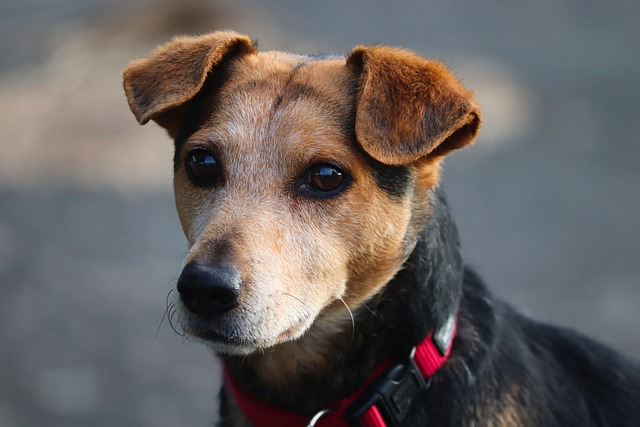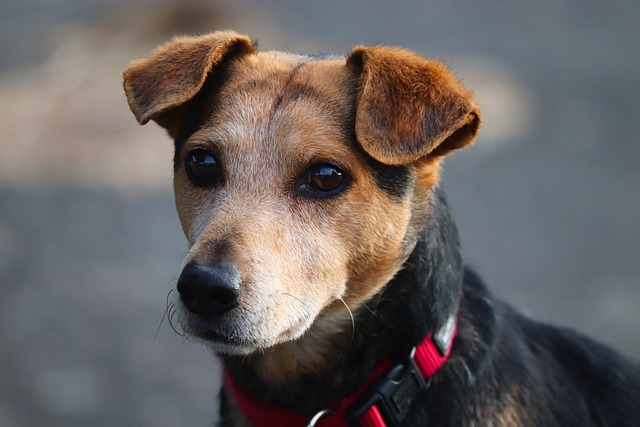You’ve been spending weeks patiently teaching your dog to sit, stay, and come, yet every time you give a command, it’s like they’re ignoring you completely. As a new dog owner in the U.S., this can be incredibly frustrating. But before you throw in the towel, it’s important to understand that there could be several reasons why your dog isn’t responding to training.
One of the most common reasons is a lack of clear communication. Dogs don’t understand human language the way we do. If your commands are inconsistent, spoken in different tones, or accompanied by varying hand signals, your dog might be confused. Another factor could be the reward system. In dog training, especially with positive reinforcement (the gold standard in American pet training culture), rewards play a crucial role. If the treats you’re offering aren’t enticing enough, or if the praise lacks enthusiasm, your dog may not see the point in following your commands. Additionally, underlying health issues can also affect a dog’s responsiveness. A toothache, joint pain, or even vision and hearing problems can make it difficult for your dog to focus on training.
To troubleshoot this issue, start by simplifying your communication. Use short, sharp commands in a firm but friendly tone, and always pair them with the same hand gestures. For example, when teaching "sit," say the word clearly while gently pushing down on your dog’s hindquarters. Experiment with different types of treats to find out what your dog loves the most. High - value rewards like small pieces of cooked chicken or cheese can work wonders. If you suspect a health problem, schedule a visit to the vet immediately. A clean bill of health is essential for effective training. Also, break down complex commands into smaller steps and reward your dog for every small success.

In the American pet - owning community, responsible training is not just about getting results; it’s about doing it the right way. Avoid any form of physical punishment or harsh scolding, as these methods not only damage the trust between you and your dog but also go against animal welfare laws in many states. When living in apartments, a well - trained dog is less likely to cause disturbances to neighbors, so it’s worth persevering with training. During community walks, a responsive dog is safer for everyone around. And remember, always keep your dog’s vaccinations up - to - date as required by law, especially if you plan to take them to group training classes or dog parks. Also, being a responsible pet owner means cleaning up after your dog in public areas, which is often enforced by local regulations.
If your dog isn’t responding to training, don’t lose hope. With a bit of detective work, some adjustments to your training methods, and a whole lot of patience, you’ll soon see progress. Every dog has the potential to learn; it’s just a matter of finding the right approach for your furry friend.






